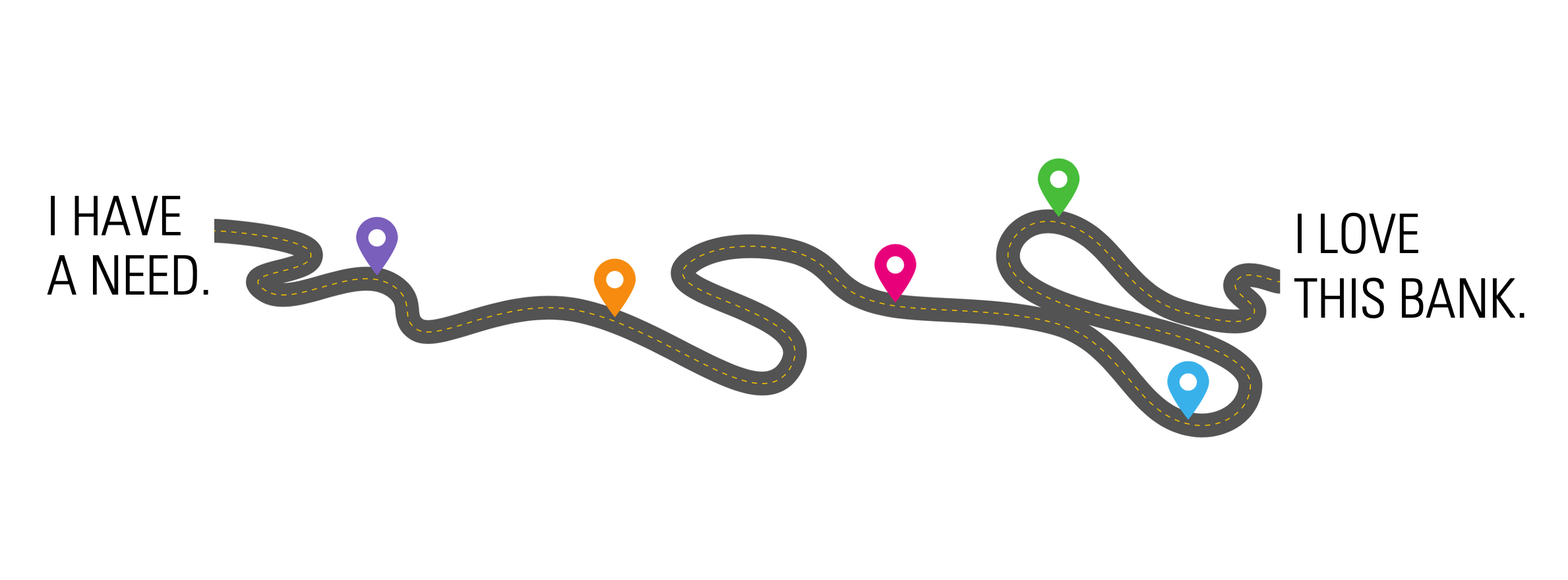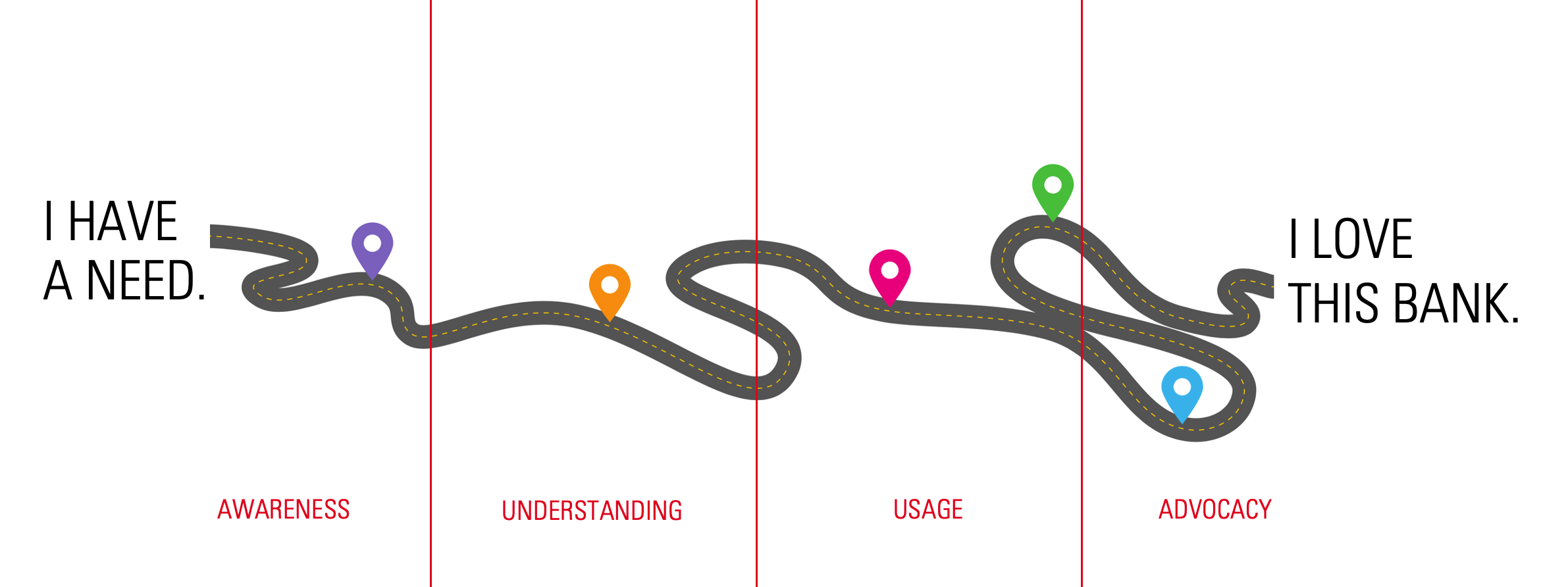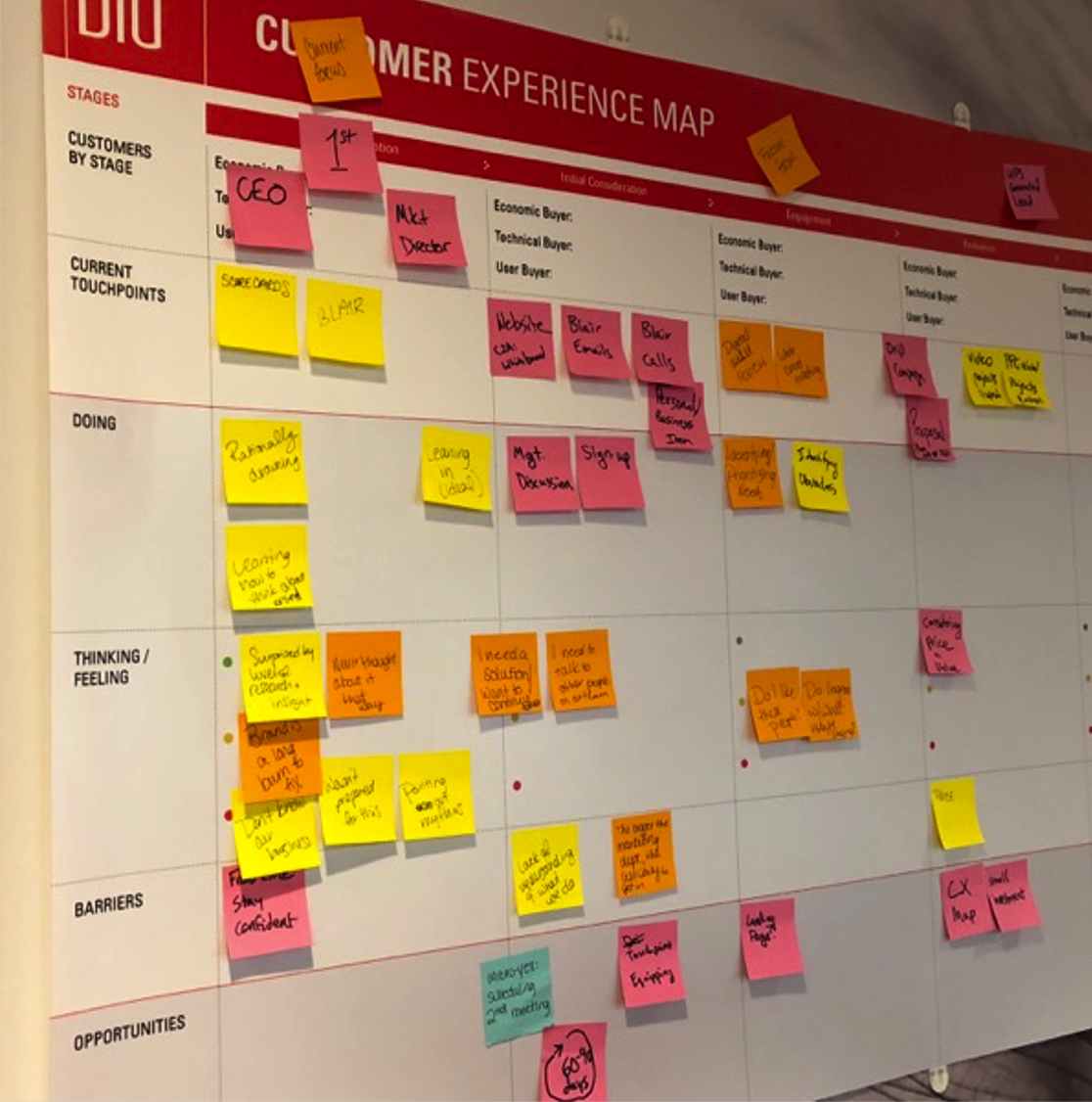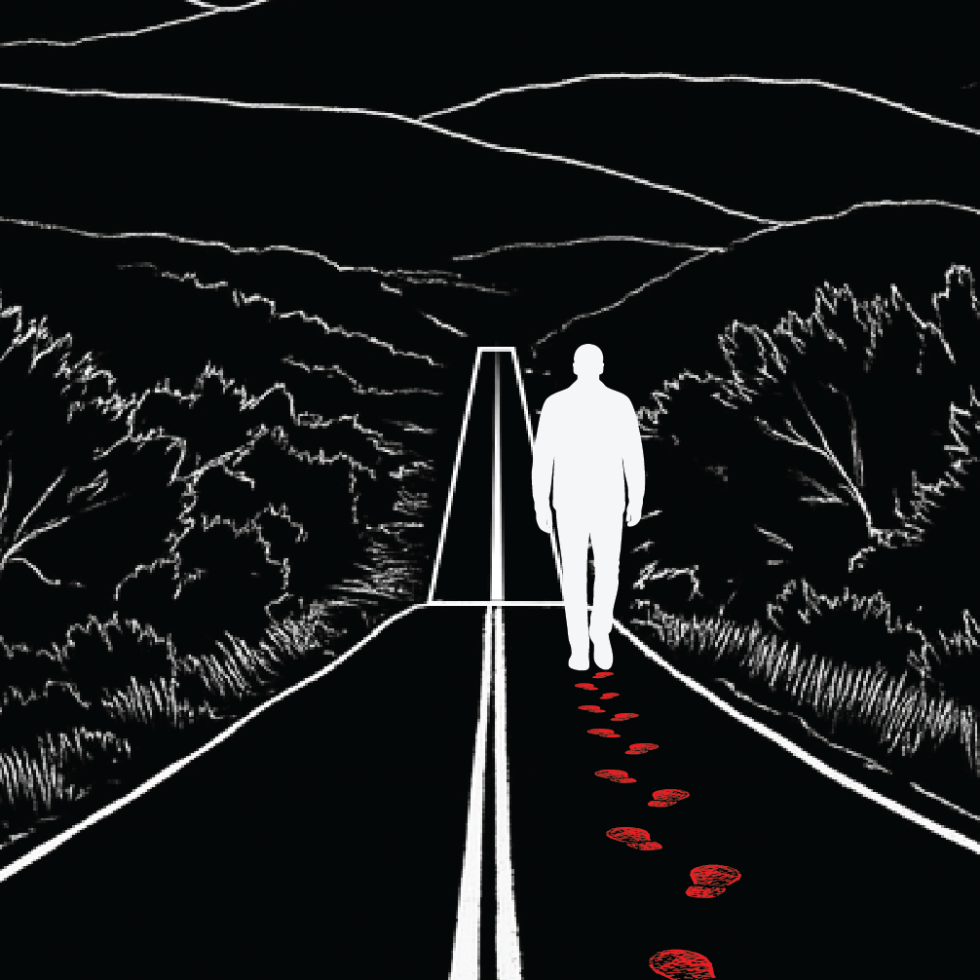If you’ve made it through Part 1, then you already know this: no single tactic will fix a misaligned customer experience. Not a better ad campaign. Not a cleaner homepage. Not even a top-shelf brand refresh. To truly build loyalty—and momentum—you need more than tactics. You need insight and clarity that comes from doing the work to see your brand the way your customers actually experience it.
That’s where the Customer Experience Map comes in.
A Real-World Tool for a Real-World Problem
A Customer Experience Map (or CX Map) is not a theoretical exercise or a clever marketing workshop. It’s a practical, human-centered tool that helps you visualize how your customer moves from the moment they recognize a need to the moment they become a loyal advocate. It tracks what they’re doing, thinking, and feeling through every phase of that journey—and reveals what’s working, what’s not, and what’s holding them back.
This isn’t about funnel stages or personas or attribution modeling. It’s about exploring the actual experience of your customer in real life, in every single moment that shapes their impression of your brand. If done right, a CX Map gives you a holistic view of that experience, rooted in emotion, behavior, and context. And it often uncovers the moments you didn’t know were make-or-break.
From “I Need Something” to “I Love This Brand”
One of our clients, a regional credit union, went through this exact process. We mapped out the journey of a potential customer—from life events like getting married or moving to a new city, to decisions like choosing a bank, applying for a loan, or seeking advice. What we saw was revealing.

Their prospective customers weren’t just evaluating rates or comparing features. They were navigating stress, fear, and uncertain times in their lives. Many were frustrated by their current provider. Others were overwhelmed by life transitions or intimidated by financial jargon. Some simply didn’t want to deal with a live person, while others needed more hand-holding than an app could provide.
In every case, what mattered most wasn’t the product or even the service—it was how the brand made them feel. Supported. Respected. Heard.
Those insights shaped not only the marketing strategy, but the onboarding process, the digital tools, the physical environment, and even the training for frontline staff. And they came directly from mapping the experience through the customer’s eyes—not the organization’s.
The Structure Behind the Strategy
A CX Map typically looks at four stages of the customer journey, but can go deeper with as many as eight to twelve.
1. Awareness
2. Understanding
3. Usage
4. Advocacy

At each stage, the map documents what customers are doing (actions), what they’re thinking (questions and assumptions), and what they’re feeling (emotions, expectations, and hesitations). It also captures the key barriers preventing progress, and highlights the opportunities where your brand could provide clarity, relief, or delight.
For example, a customer might be asking, “Can I trust this institution?” or “Why do I keep getting hit with fees I don’t understand?” Those aren’t just passing thoughts. They’re decision points—and if you’re not responding with empathy and intentional design, you’re leaving impact (and revenue)
on the table.
Making the Map
Creating a CX Map doesn’t require a six-month process or a massive cross-functional task force. But it does require time, curiosity, and the right people in the room.

Here’s what we recommend:
Start with a small team of 6–8 people who are on the front lines—customer service reps, branch managers, advisors, or anyone who regularly hears from customers directly.
Break into smaller sessions rather than one long meeting. Keep the energy focused and the feedback real.
Create separate maps for distinct audience segments (e.g., consumer vs. business, or by age/life stage).
Use sticky notes and real stories to track touchpoints, feelings, pain points, and common moments of friction.
Don’t brainstorm solutions yet. The goal is to document the experience as it exists today, not jump straight into fixing things.
This process can be done in a few hours—and the clarity it brings is worth far more than the time you spend on it. Contact BIG today to get started.
